Alternatives To Traditional Window Glazing?
I have a 90+ year old house with great 5′ x 18″ casement windows. They’re in relatively good shape, particularly since they were only painted once over the last century. They’re positioned on three sides of a sunroom/porch. The northern-most were a breeze to strip and glaze, however the eastern and southern exposure windows need 100% of the glazing replaced.
I recognize that the original paint is a lead-based paint and I have taken safety precautions when striping and planing the surfaces with my Makita and Bosch hand planers.
In researching the many websites, blogs, and forums online the same old debate lingers on and on… DAP 33 versus UGL Glazol, etc, etc, etc. The age-old issue remains that many of these traditional products take days or weeks to cure or harden before painting. And I have 16 windows to work on each evening and weekend until finished.
so…
when I began filling some voids with Minwax High Performance Wood Filler (a two part epoxy) I began to wonder if this non-shrinking, stable, durable product would be effective in lieu of these traditional products.
PROS:
Durable, waterproof, sets up in 10 minutes, sandable in 30 minutes, can be layered, can be shaped, can be painted, relatively inexpensive.
CONS:
Sets very quickly requiring small batches, slighly less viscose than ideal, … BUT WHAT ELSE?
I have completed an 8 pane window with this product and everything seems sound prior to priming and painting. I also have 4 other windows completed with DAP 33 waiting and waiting and waiting for them to cure/harden prior to painting.
Other than the potential breakdown of epoxy when exposed to direct sunlight (and these will be double primed and double painted), I can’t see a reason why epoxy isn’t a great alternative.
Your thoughts???
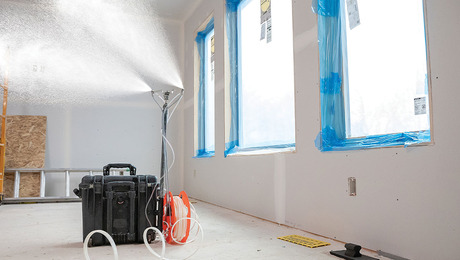
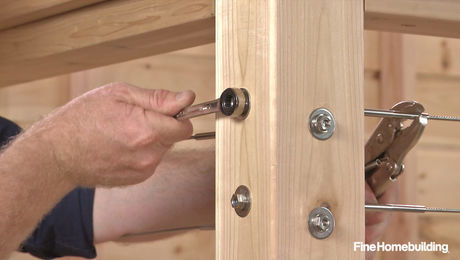
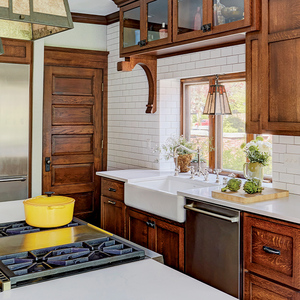
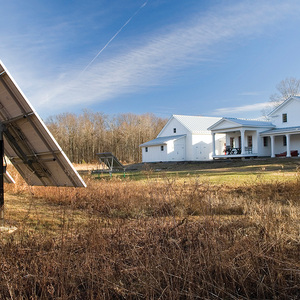

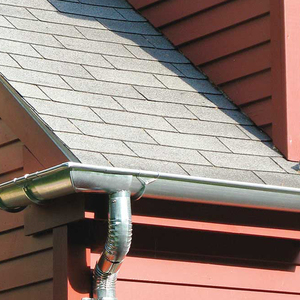







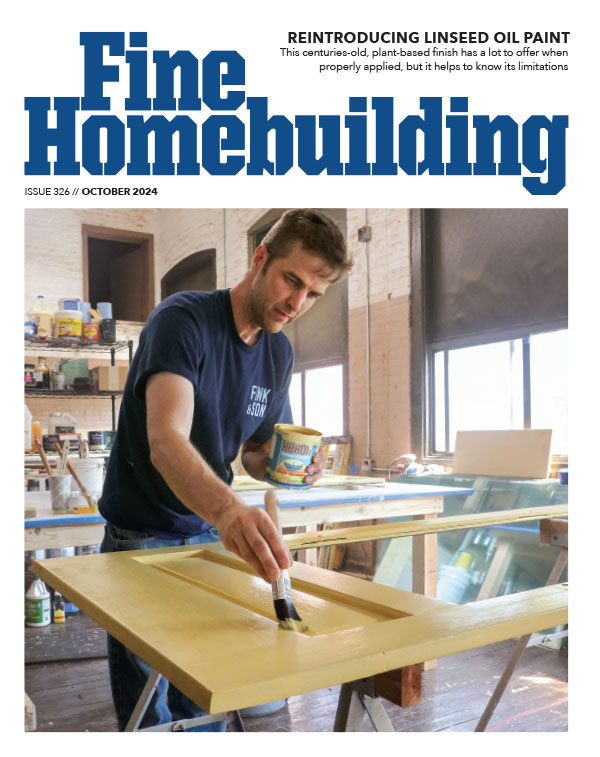





Replies
Chris
the one concern I can think of would be the bond it could make with both the glass and the wood of the sash and even the points. If the movement of the parts would be restricted, cracks might be in the future.
And you had no problem with the ease of application vs. regular glazing compound? I've never been tempted to try the caulk style glazing, but have had the displeasure of fixing someone else's attempt.
Thanks for the quick response. Whether the glass, wood frame and epoxy will expand and contract without breakage is indeed the biggest concern. I am gping to try one unit in epoxy to see how it handles the weather in Saint Louis and go back to the other alternatives that set faster for thr remaining windows unless any other forum members feel differently.
Thanks!
Thanks
And do try to remember to fill this board in on the outcome.
DO NOT use ordinary wood filler for glazing. It sets too hard, placing more stress on the glass and frame, and is impossible to remove should you need to replace a pane. (About 45 years ago I had to deal with some windows glazed using wood filler and I still remember how much of a pain they were.)
There are purpose-made "glazing putty" compounds that claim to set faster than Dap 33.
Thanks so much for getting back so quick. Some of the glazing I've seen over the years is comparable in hardness to the two-part epoxy as it ages. I understand your point but wondered if anyone has ever tried it in real life conditions without simply dismissing epoxy as an alternative. Plus, if it does indeed work, the set time alone is a huge benefit. After all, how many windows actually get broken over 90 years? I'd guess all of my glass is original to the house. I'm going to test one casement in epoxy and try some of the other compounds on the remaining windows. I'll post my findings next Fall.
A few decades back someone was selling pre-shaped glazing compound. It came in strips and you simply removed it from the "release paper" and pressed it in place. I maybe even saw it once in a hardware store.
But I dout that it still exists.
no bondo
Between Calvin and Dan answers, they hit the nail on the head. Glazing expands and contracts thermodynamically. You do not want an epoxy filler (or any filler) that will bond to the glass (and subtrate). This will severly limit thermodynamic movement and put tremendous stress on the glass plate. Traditional glazing compound is made specifically for this task because the properties are such that it:
1. will not bond to glass or substrate
2. is flexiable enough to shape into desired form and place
3. will cure hard enough to hold the glass firmly in place (with glazing points),
4. is brittle enough to allow removal without harming the substrate (muntin or frame) should that ever be necessary.
Window putty firms up pretty quickly to the point that a paint brush is not going to distort. I believe that if you're using an oil based putty, then an oil based paint primer would be able to seal the putty to where you can finish paint with a water based top coat(s) without much delay in any steps. If you're doing16 windows solo, then I imagine you'll have plenty of glazing "cure" opportunity where painting timelines are not an issue.
Window putty.
I'd never putty glaze a window again if I could avoid it. I'd use beveled wood stops with silicone caulk. Easy to install. Easy to remove to replace glass. Not always possible in a retrofit situation.
I had several windows that I needed to re-glaze on our 1959 new to us ranch home. After some trial and error this is what worked best for me.
First, getting the old stuff off was a real pain at first. What worked best was using a strip of heat tape (the kind used for bending acrylic sheeting) held down with some chain for weight. This was put on the glazing while positioned on my workbench. I would go off for 10 minutes to kill time and then return to move the tape to another area and scrape the heated area. The putty came off like butter.
Next, I used the DAP Latex Window Glazing in a caulking tube. At first I tried applying the glazing by hand out of a small tub. Those results were not pretty at all. Since I already owned a Wagner Power Caulk 720 battery operated caulking gun I used that. If you have never used one it eliminates the constant bead and surge you get with a manual caulk gun because of the power feed.
Most of my time was spent cleaning for the new glazing while the application took no time at all and with a little touch up with a putty knife it was looking good.
Good luck!
Thank you so very much for your expertise and the high level of detail in your response!